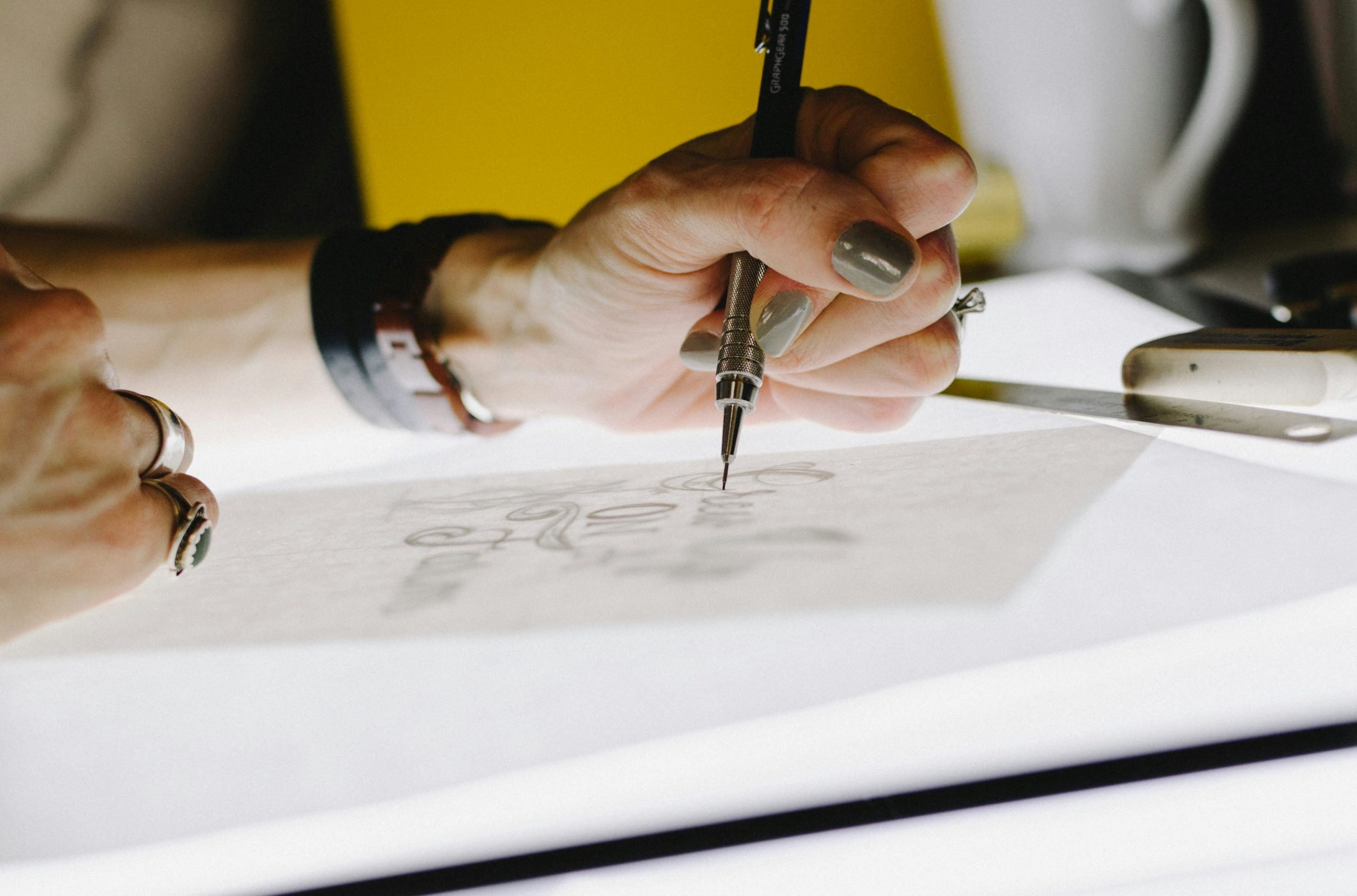Designing Club Identities Without Graphic Design Knowledge

University clubs and societies often struggle with creating professional visual identities. Student unions and sports teams need logos that show what makes them unique and help them attract new members. Many student leaders do not have graphic design skills. Because of this, they may use plain templates, pay designers they cannot afford, or end up with logos that do not look professional.
The rise of artificial intelligence has changed this situation. New tools now offer a middle ground for university groups seeking quality design without specialist knowledge. These tools use technology to turn simple text descriptions into custom logos. Users can make personalised designs in minutes instead of hours or days.
For student groups with tight budgets and short timelines, these design tools offer a practical option. Starting a new society or updating an old club’s look is now simpler with these easy-to-use technologies.
Why University Clubs Need Strong Visual Identities
University societies with consistent visual branding are more likely to attract attention at freshers’ fairs. A good logo helps student groups stand out when many clubs compete for new members. Using an AI Logo Generator can create this professional look without design skills.
Student groups face special challenges with visual identity. Most have small budgets, changing leadership, and limited design experience. A first-year student running the Chess Society likely cannot afford a designer or create something polished themselves.
A strong online presence is now important for university clubs. From Instagram to event pages, every digital space needs clear branding. When students browse a society’s profiles, a good logo makes the group’s purpose easy to spot.
Groups with consistent branding may experience better online engagement and increased event turnout. Clear visual identity can help grow membership across campus activities.
Essential Elements of Effective Club Logos
Colour choices play a significant role in how university societies are perceived. Sports clubs often use bold reds and blues to show energy, while academic groups might choose greens and purples to suggest wisdom. The colours chosen for a logo can influence how an organisation is viewed by others.
Typography is just as important for student groups. Debate societies often use classic serif fonts that suggest tradition. Tech or business groups work better with modern sans-serif typefaces. The font should match the society’s character and remain readable at all sizes.
The Oxford University Boat Club uses simple crossed oars as its logo. This shows that straightforward designs can last for decades. Student designers should create logos that work well on small social media icons or large banners.
Consider accessibility when designing. Some colour combinations can be hard for people with colour vision differences to see. Using high contrast in your logo design helps ensure clarity for all members.
Using AI Tools to Create Professional Club Logos
Advanced design systems are trained on a large number of designs to understand visual styles. When a student types “chess club logo with modern academic feel,” the system combines elements to create original options. This makes quality design possible for anyone, even without artistic skills.
The process has four simple steps. First, describe your society in a text prompt. For example, “Film society logo with camera imagery using purple and gold colours.” Second, review the options. Third, pick and adjust your favourite design. Fourth, download your logo in the right file formats.
Clear prompts create better results. Describe your society’s purpose, mood, and visual elements for accurate outputs. For instance, using a prompt like “rowing club logo with water elements in blue and silver” in an AI Logo Generator leads to fitting options. Detailed descriptions help a free AI Logo Generator produce logos that match your vision.
Common mistakes include vague prompts, ignoring university branding rules, or picking overly complicated designs. Simpler logos work better across different uses. Design assistants work best with clear, specific descriptions.
Implementing Your New Logo Across University Platforms
Using the same logo everywhere helps build recognition for university societies. Student groups should use consistent branding on Instagram, Facebook, posters, and membership cards. This helps potential members spot your society whether on a corridor poster or digital flyer.
For social media, square logos are generally more effective. Most platforms crop profile images into circles, so put key elements in the center to ensure they show up. Create banner versions of your logo for Facebook covers that use the same colours and style.
Logo files should be prepared to fit each platform’s needs. Social media often works best with JPG or PNG images at around 1000×1000 pixels for clarity. For university printing, vector files like SVG or PDF allow resizing without losing quality. Student newspaper ads may require high-resolution PNG files with transparent backgrounds.
Create simple brand guidelines to keep things consistent when leadership changes. A one-page document with logo versions, colour codes, and usage rules helps preserve the visual identity. Store this in shared drives for all committee members.
Building Digital Skills Through Creative AI Tools
Using AI design tools can help students develop digital skills and confidence with new technology. Students practice writing clear briefs when creating AI prompts and practice selecting the best options. They also learn brand thinking by considering how visuals communicate to different audiences.
Students can highlight this experience on CVs by explaining what they did and the results they achieved. They might describe creating a visual identity for a university society, then show how it contributed to engagement or event attendance. This gives employers evidence of both initiative and results.
These skills are useful beyond logos. Students who become comfortable with AI design can use similar methods for presentations, research posters, or job application materials. This helps develop practical digital skills throughout university.
Preparing a Logo Design Brief for University Societies
A good design brief guides the creation of a strong logo. Describe what your group does and who will see the logo most often. Identify what feelings the logo should create, matching your group’s values and activities. Choose colours that reflect your purpose and help people recognise you among other university groups. Add symbols tied to your focus, like chess pieces for a chess club or a film reel for a cinema group. Think about where the logo will appear most often, such as online, on posters, or on merchandise. Answering these questions helps ensure your logo meets both practical and branding needs.


